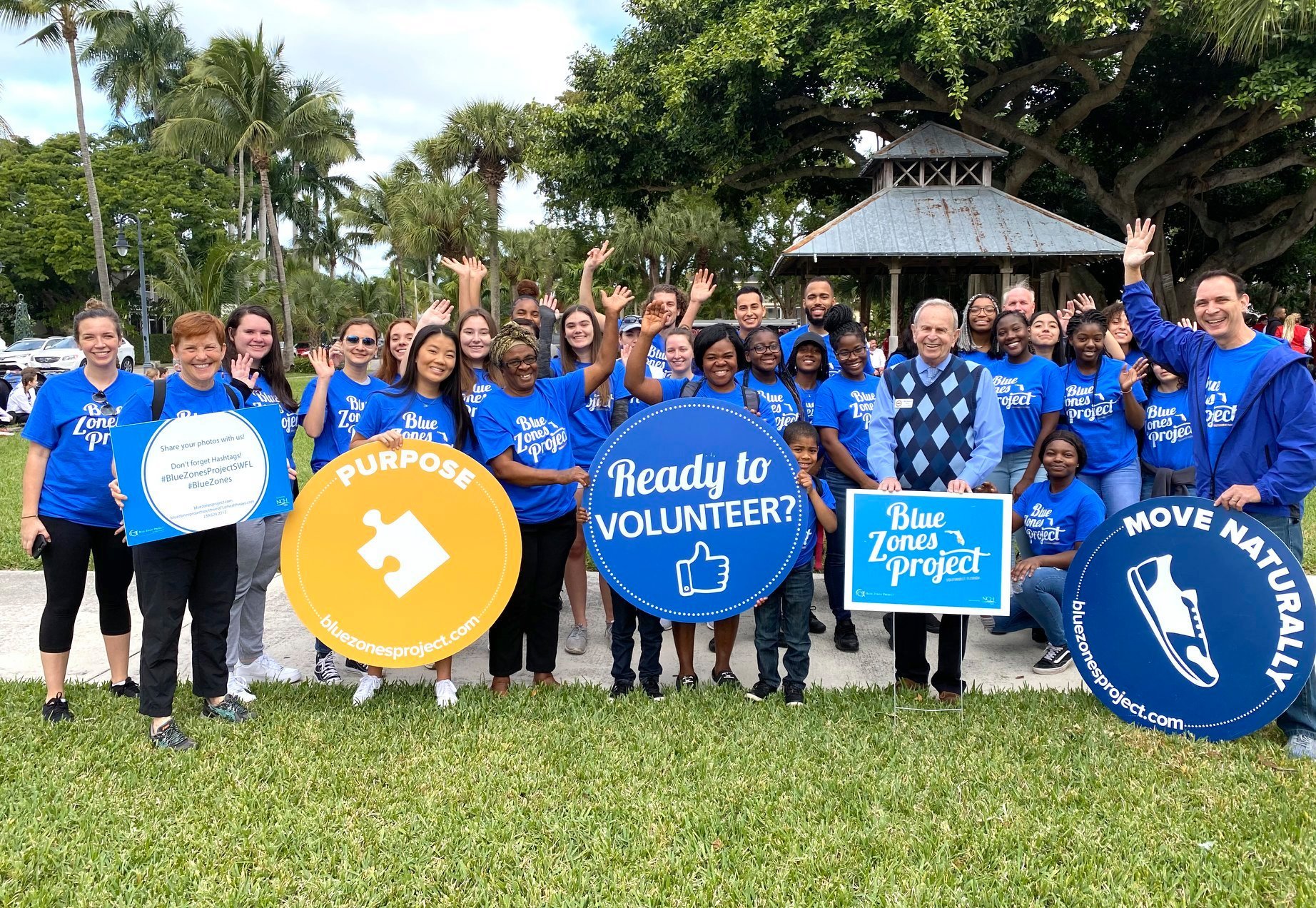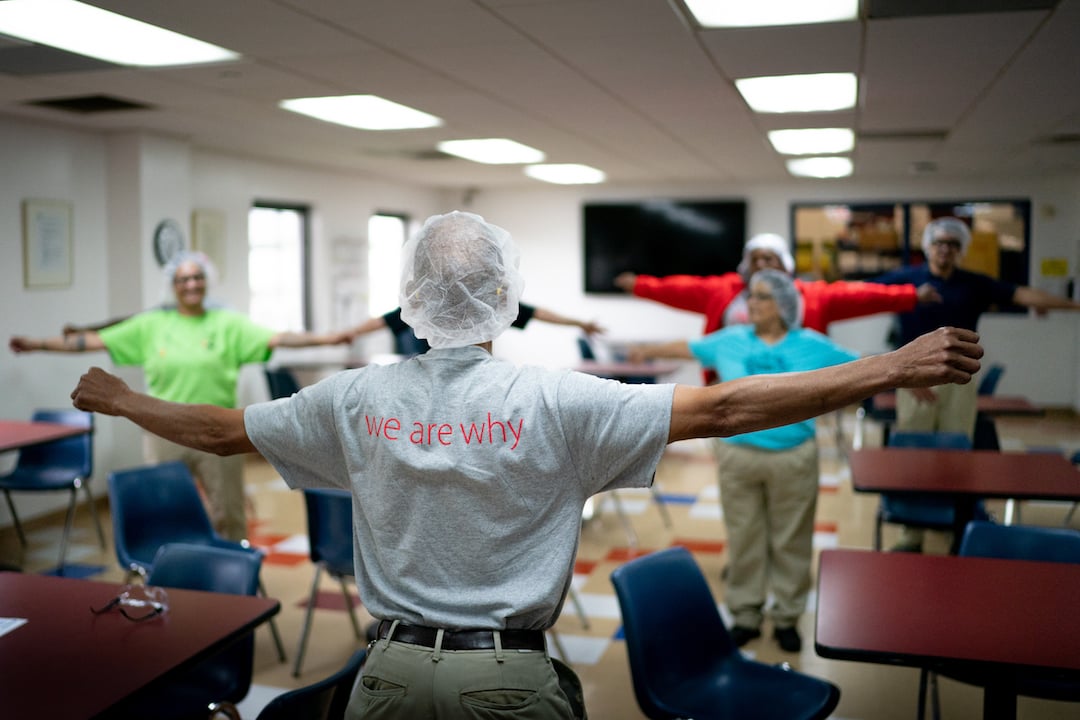Our Approach
Learn more about how Blue Zones Project works with forward-thinking leaders to transform campus and community well-being.


Blue Zones Project® is helping transform communities across North America into areas where the healthy choice is easy and people live longer with a higher quality of life.
See how Cowtown came together with Blue Zones Project to become a healthier, happier city.
We'll send you the latest and greatest:
Blue Zones Project is a community well-being improvement initiative designed to change the way people experience the world around them. Because healthier environments naturally nudge people toward healthier choices, Blue Zones Project focuses on influencing the Life Radius® — the area close to home in which people spend 90 percent of their lives. Blue Zones Project best practices use people, places, and policy as levers to transform those surroundings. Our communities have populations with greater well-being, improved health outcomes, reduced costs, and increased civic pride, all of which support healthy economic development.
Blue Zones Project brings together local stakeholders and international well-being experts to introduce evidence-based programs and changes to environment, policy, and social networks. Together, they measurably improve well-being.
For sponsors, partnering with the Project in your community offers you a clear and active opportunity to deliver on your mission, develop a plan to keep people healthy that integrates local work already underway, deepen community reach and trust, gain a competitive advantage, and see a measurable return on investment.

Blue Zones Project brings residents and business owners together with a focus on improving well-being for themselves and their neighbors. When an entire community participates — from worksites, schools and civic organizations to restaurants and grocery stores — the small changes contribute to huge benefits for all: lowered healthcare costs, improved productivity, and ultimately, a higher quality of life.

Connect your worksite, school, restaurant, grocery store, faith or civic organization to the community and well-being. Where we choose to live, work, learn, and play all influence the lifestyle choices we make. Blue Zones Project programs are designed to inspire, encourage, and promote well-being within your organization so your employees, members, and customers are more socially connected and equipped to positively impact one another and the entire community.

We spend 90 percent of our time in the same places, with the same people, and that environment dictates how easy or difficult is is to make healthy choices. By using the Power 9®, the nine secrets of longevity from the original blue zones areas, to improve where we live, work, learn, and play, we make it easier to get up and move, eat healthy, make new friends, find a reason for being—and live longer, better.

Learn more about how Blue Zones Project works with forward-thinking leaders to transform campus and community well-being.
Learn about how Blue Zones Project has improved health and well-being, driven economic growth, and provided ROI for sponsors and participating organizations.
"In an age when poor health seems so intractable, you've taken this community from a place of resignation to a place of hope."
Vivek Murthy, M.D.
Former U.S. Surgeon General during visit to California's Beach Cities
Communities
Participating Organizations
Lives Impacted
